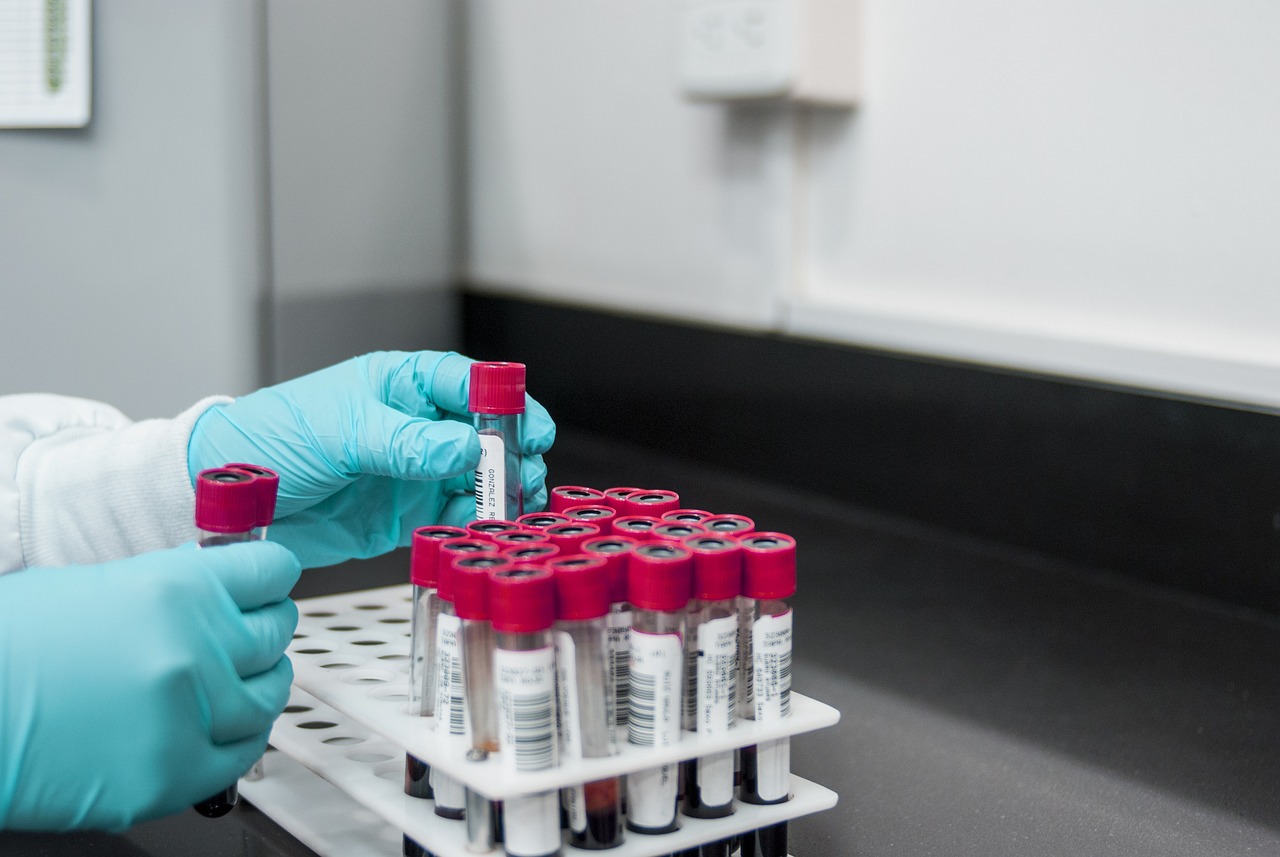The potential for complications of diabetes in older, multicomorbid patients is relatively high and managing it is considered more of a challenge, especially in terms of defining the optimal target HbA1c in elderly .
This marker, which reflects a person’s average blood sugar over several months, is critical to diabetes management.
But for elderly people, a “one-size-fits-all” target does not always confer the most benefits.
Instead, physicians should adopt a shared, personalized approach, taking the patient’s overall health, life expectancy and other underlying conditions.
What Is HbA1c and Why Is It Important?
Hemoglobin A1c (HbA1c) is a blood test that gives information about a person’s average blood glucose level for the last 2-3 months.
The test is a key component of diabetes management, helping to assess whether a person’s blood sugar level is in good control.
Most people with diabetes are advised that a goal of close to 7% HbA1c will help prevent complications such as heart disease, kidney damage and nerve damage.

Why Is HbA1c Target Different for Elderly Patients?
In older adults, particularly those 75 and older, the target HbA1c in elderly should be liberalized.
There are several reasons why 7% might not always be the appropriate goal:
If taking diabetes medications that can cause hypoglycemia, there is a risk of low blood sugar (hypoglycemia) especially among the elderly who may be living alone and/or have some cognitive deficits.
Tight blood sugar control can also cause unnecessary episodes of low blood sugar that can result in confusion, falls, and other dangerous situations.
Comorbidities: The elderly population has many different chronic health deficiencies (such as heart disease, kidney disease, or dementia).
A less rigid goal may be warranted, since intense management of diabetes fairly frequently aggravates these comorbidities or creates additional adverse effects.
Life Expectancy and Quality of Life: Life expectancy is an important consideration in determining the HbA1c targets of older.
Those with life expectancies of less than five years may want to set less aggressive targets.
This is likely due to the lower magnitude of potential benefit in terms of reducing long-term complications of diabetes versus the risks of aggressive treatment of these individuals.
Targeting Right: Individualization
Tailored care is the answer toing the correct HbA1c target for older patients. Providers of health care should take the following into consideration:
Functional Status: Is the individual overall healthy and active, or are they fragile or developing dementia?
Hypoglycemia Risk: Are they taking medications that can cause low blood sugar? Insulin or sulfonylureas, for example, can raise your risk of hypoglycemia.
Co-existence of Complications: Do they have diabetes-associated complications such as retinopathy, neuropathy and kidney disease? That could potentially merit tighter control.
Patient Preferences: Individual patient goals should be considered, such as comfort, retention of mobility, and quality of life may be more important than absolute blood glucose control.
Usually Recommended Range for Older People
In many older adults, a reasonable goal for HbA1c is 7.5% to 8.0%, but this varies depending on the individual situation.
For more frail elderly individuals, together with an HbA1c target of 8.5% or greater may be suitable.
Higher targets reduce the risk of hypoglycemia while providing a reasonable tradeoff of glycemic control to prevent complications.
Tracking and Modifying Treatment Plans
As diabetes is progressive in nature, Elderly people should frequently monitor their blood sugar levels and change treatment plans accordingly.
Medications should be adjusted according to their ability to tolerate them and based on risk for side effects.
In certain instances, drugs with minimal chance of producing hypoglycemia like metformin or GLP-1 receptor agonists could be better suited for elderly patients.
When to Contact a Doctor
So, if an elderly person has sudden swings in their blood sugar or has symptoms of hypoglycemia (such as confusion, shaking or dizziness), it’s crucial to reach out to a health care provider immediately.
Similarly, follow-up visits are critical to keep treatment options congruent with the patient’s health status as it evolves.
Perspectives for Older Adults With Diabetes
When evaluating diabetes management amongst older adults, there is an important consideration of balancing tight glucose control with quality of life.
Although the usual target HbA1c in elderly adults may be reasonable for some elderly patients, others could use a more nimble, personalized approach.
By taking personalized care into account, monitoring risk of hypoglycemia and considering the overall health of the patient, doctors can help elderly diabetes patients find a sweet spot balance long-term health and not diminishing their quality of life.
Summary
Guidelines for managing HbA1c targets in older people with Type 2 diabetes are more nuanced and individualized. Although tight glycemic control in diabetes is important for preventing complications, it is likely that a looser target is better for older people, particularly those with comorbidities or a limited life span.
To ensure the best outcomes for elderly diabetes patients, ongoing monitoring, individualized treatment plans, and risk assessments aligned with the benefits are essential.

